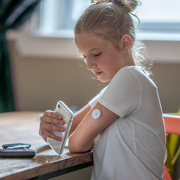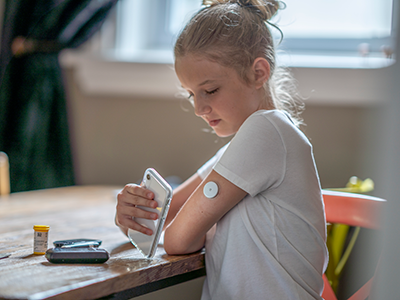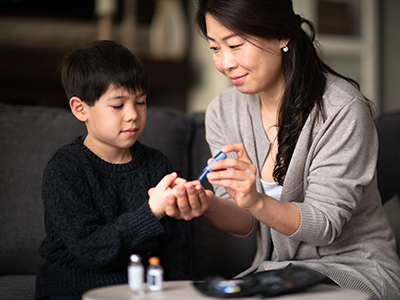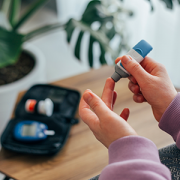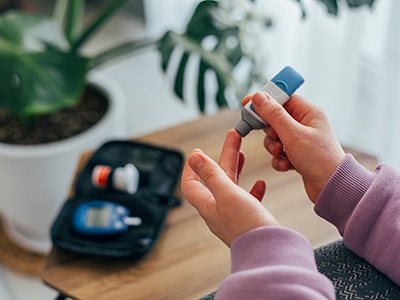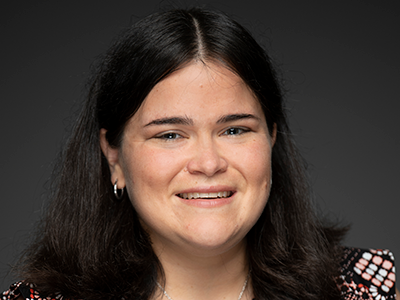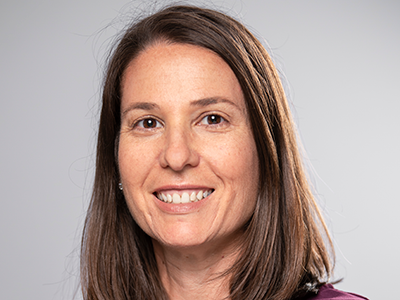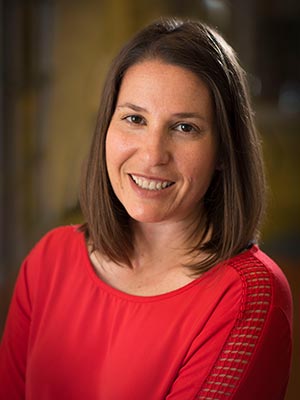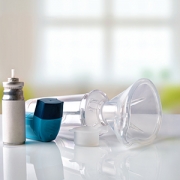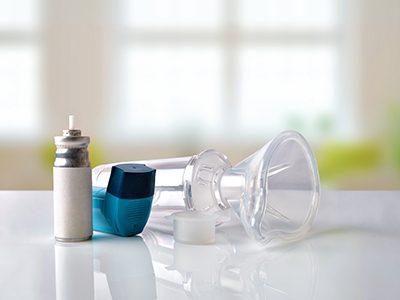A breakthrough quality of life survey for kids with celiac disease

A research team led by Dr. Shayna Coburn, from Children’s National Hospital, developed a first-of-its-kind celiac disease-specific pediatric Quality of Life measure survey.
Celiac disease is a genetic autoimmune disorder that disrupts nutrient absorption and results in a permanent intolerance to gluten. Assessing quality of life (QOL) is a vital component in the screening and management of this chronic condition. In a study published in the American Journal of Gastroenterology, researchers from Children’s National Hospital developed a first of its kind celiac disease-specific pediatric QOL measure (CDLIFE) survey. Shayna Coburn, PhD, psychosocial health director of the Celiac Disease Program and lead author of the study, shared how Children’s National is leading the way with this work.
What’s been the hold-up in the field?
Several surveys have been developed to assess quality of life in individuals with celiac disease; however, they present significant limitations when applied to pediatric populations. Some instruments were developed in other countries, where differing food environments and support resources for individuals with celiac disease affect their applicability. Additionally, existing tools often target adults, while pediatric-focused surveys are restricted to children aged eight years and older. This constraint is increasingly problematic as the age of celiac disease diagnosis continues to decrease. Notably, in our celiac disease clinic, approximately half of our patients are under the age of eight, highlighting the critical need for a QOL assessment tool tailored to this younger demographic.
How does this work move the field forward?
This work represents a significant advancement in the field by introducing the CDLIFE survey, a concise and user-friendly QOL survey designed specifically for individuals with celiac disease aged two to 18. The tool includes both a youth self-report and a parent-proxy form, providing flexibility in capturing QOL data across developmental stages. Developed with direct input from families, the CDLIFE survey reflects experiences and challenges that are most relevant to patients and caregivers.
This survey demonstrates strong correlations with existing measures of QOL and celiac disease-specific experiences, ensuring its validity and reliability while adhering to FDA guidelines for patient reported outcome measures.
How will this work benefit patients?
The CDLIFE survey provides a valuable tool for patients and health care providers to assess how individuals are managing life with celiac disease, offering insights into areas where additional support may be needed. This survey empowers providers to deliver more personalized and targeted care and serves as a vital resource in research. It enables a deeper understanding of patient experiences and function by serving as a reliable patient-reported outcome measure in clinical trials.
How is Children’s National leading in this space?
The CDLIFE survey is the first pediatric QOL measure specifically designed to include young children, addressing a critical gap in current tools. Its development has generated significant enthusiasm within the pediatric celiac disease community, evidenced by numerous requests for the tool even prior to its formal publication. By leading this effort, Children’s National is part of a select group of institutions driving innovation and setting new standards for understanding and improving quality of life for youth with celiac disease.
Authors on the study from Children’s National include: Pamela Hinds, RN, PhD, FAAN, Randi Streisand, PhD, James Bost, PhD, Jack Vagadori, MS, and Paige Trojanowski, PhD.




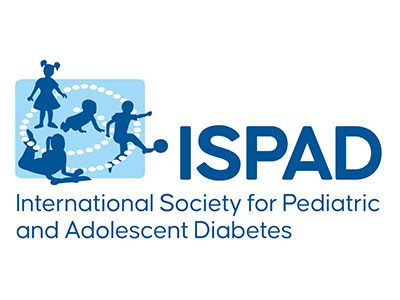 Researchers from Children’s National Hospital participated in the 50th anniversary conference of the
Researchers from Children’s National Hospital participated in the 50th anniversary conference of the 
 The
The 